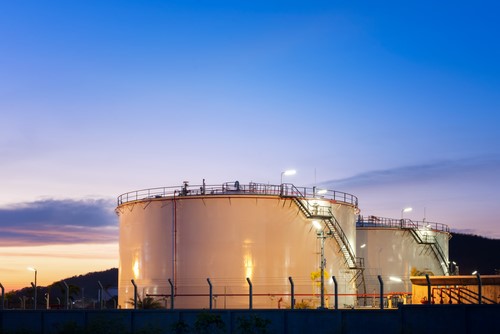DOE seeks Japanese investments for LNG terminal project
- June 20, 2018
- 0

Energy Secretary Alfonso Cusi and other department officials are in Tokyo this week as part of the country’s delegation to the fifth regular meeting of the Philippines-Japan High-Level Committee on Infrastructure and Economic Cooperation.
In anticipation of the Malampaya Gas Field’s depletion, Cusi said that their focus will be to encourage natural gas firms in Japan to invest in the Philippines’ LNG Hub terminal project.
The department is looking towards starting the construction of the country’s LNG hub by mid-2019 in anticipation of the depletion of the Malampaya gas facility in 2024.
The Philippine LNG hub is targeted to become an LNG hub for Asia, complementing those in Japan and Singapore.
“The strategic location of the Philippines, as well as the fair and competitive playing field policy for natgas would entice investors to engage in the LNG terminal project,” Cusi said.
Tokyo Gas is among other major Japanese gas companies who are in serious talks for the project.
“In addition to discussions on LNG investments, our top officials and staff are undergoing extensive training to effectively monitor, regulate and supervise the upcoming Philippine LNG industry,” Cusi said.
Last Monday, energy undersecretary Donato Marcos and two ranking technical staff have began an extensive training program on LNG value chains in Japan. Their expected completion of the course is by the end of the month.
To date, natural gas from the Malampaya gas field provides the fuel requirements of five gas-fired power plants in Batangas, which has a combined capacity of 3,211 megawatts (MW).
“The construction of strategic natural gas facilities, which includes LNG receiving terminals and distribution pipelines, are necessary to ensure the security and diversity of the energy supply in the Philippines. It also provides the option of expanding the use of natural gas in the Philippines,” Cusi said.